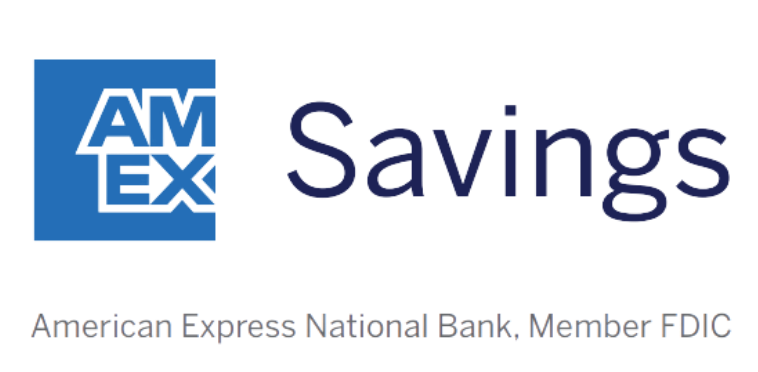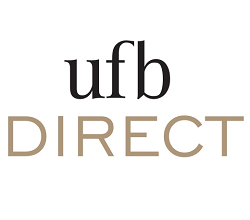With some businesses, it’s super easy to tell how they make their money. Restaurants, for example, make their money by slinging burgers, and auto repair shops make money by fixing cars. But what about banks?
Banks are a different kind of business, and there are even different kinds of banks that go well beyond the basic local branch offering savings and checking accounts to the community.
According to the most recent Spend Report from the Financial Health Network, banks collected a total of $37.5 billion in fees in 2022, a 4% increase from 2021. They also brought in $309.5 billion from credit services, a 15% increase from 2021. But these aren’t the only services banks offer.
Different banks, different services
No discussion of how banks make their money is complete without actually talking about different types of banks. Everyone is familiar with the retail bank on the corner that offers personal loans and certificates of deposit, plus a piece of candy for the kids and a biscuit for the dog. And while these are important services, basic retail banking is far from all there is.
Our Picks for the Best High-Yield Savings Accounts of 2024
|
American Express® High Yield Savings 
APY 4.25%
|
APY 4.25%
|
Min. to earn $1 |
|
UFB Portfolio Savings Account 
APY 5.15%
|
APY 5.15%
|
Min. to earn $0 |
|
Western Alliance Bank High-Yield Savings Premier 
APY 5.31%
Min. to earn $500 to open, $0.01 for max APY
|
APY 5.31%
|
Min. to earn $500 to open, $0.01 for max APY |
Commercial banks
Commercial banking, of which retail banking is a part, also includes business services, which provide an array of business-oriented offerings tailored especially to business customers. These might be anything from business checking to business lending, lines of credit for business customers, point of sale systems and services, and even international funds transfers for big purchases from suppliers overseas.
Investment banks
Investment banks, on the other hand, offer very few of these services and focus primarily on acting as advisors in an array of capacities to large corporations and high-net-worth individuals. Investment banks may, for example, help a large company launch its initial public offering so it can sell shares of itself on a stock exchange, or facilitate mergers and acquisitions for clients who are looking to buy another business, or that are looking to be acquired themselves.
Of course, they also work with large funds like pensions to help ensure that they’re invested in the best companies and financial vehicles possible.
Investment banks make their money like commercial banks, by charging fees for their services, but they’re generally dealing in accounts with numbers many times larger than what your favorite commercial branch ever sees — even if they’re part of the same parent bank.
What about credit unions?
Credit unions aren’t banks, not in any technical sense, anyway. They’re nonprofit organizations and are beholden to their members, rather than shareholders who may not be customers at all. At a credit union, every member has a small ownership interest, so every customer is automatically an owner, too.
In the first quarter of 2024, the National Credit Union Administration reported that net income for the 4,572 member credit unions totaled $15 billion for all their services combined. Like commercial banks, credit unions offer services like real estate loans, vehicle financing, credit cards, and checking and savings accounts, but often at reduced rates or with easier lending criteria.
Because they are nonprofit organizations, credit unions are very different from banks. Many serve low-income communities or other disadvantaged groups who may find banking to be inaccessible.
Making money with banking can be a complicated balancing act
When banks are paying CD rates of around 5% and lending for mortgages around 7%, there’s not a lot of room for error there. Banks can borrow from other banks, based on the federal funds rate, but it’s often cheaper to borrow from its own members for money they wish to loan out again.
In doing so, banks have to juggle a mix of short-term funds like the money in your checking account, with long-term funds, like the money you’ve stashed in a CD, in order to ensure the proper mix remains in-house for the most efficient use of their on-hand money. This is why you may sometimes see banks offer really impressive bonuses for new depositors — they’re trying to bring in more liquidity to the business.
Of course, fees are a big part of the mix, too, but these are becoming less and less of a way to fund banking operations. The federal government is coming down harder on hidden fees in general. So in the near future, you may find that your bank account no longer has overdraft fees, but does charge a little bit more to manage your money market account.
Banks and credit unions all need money to function
Whether you choose a bank or a credit union, both are heavily regulated, federally insured, and they’re each a sort of business that has to make some money to survive. They do so by charging all kinds of fees for banking services, loaning money above the interest they pay depositors, and sometimes by providing additional services for small businesses, large corporations, and even high-net-worth individuals.
These savings accounts are FDIC insured and could earn you 14x your bank
Many people are missing out on guaranteed returns as their money languishes in a big bank savings account earning next to no interest. Our picks of the best online savings accounts could earn you 14x the national average savings account rate. Click here to uncover the best-in-class accounts that landed a spot on our short list of the best savings accounts for 2024.

